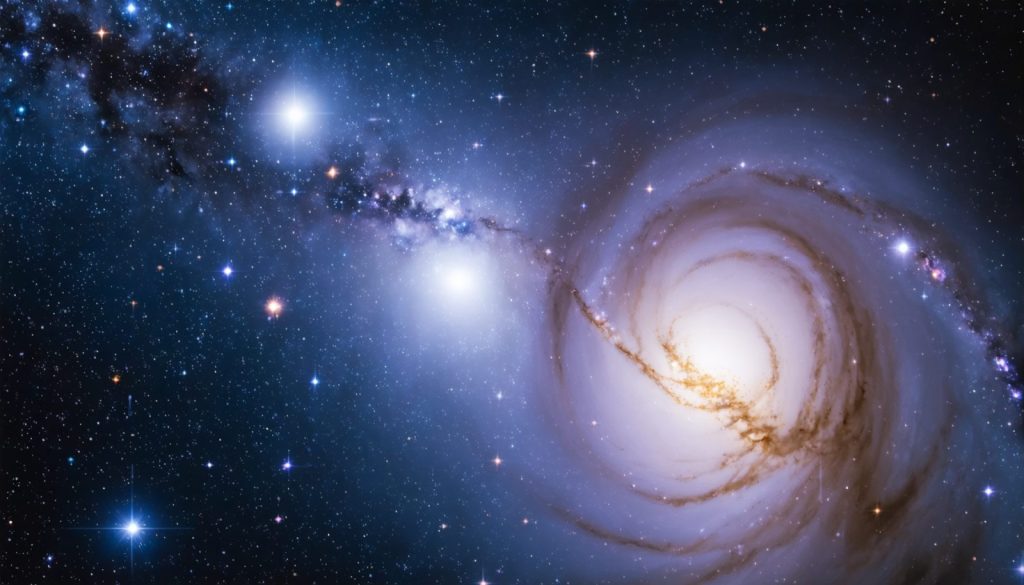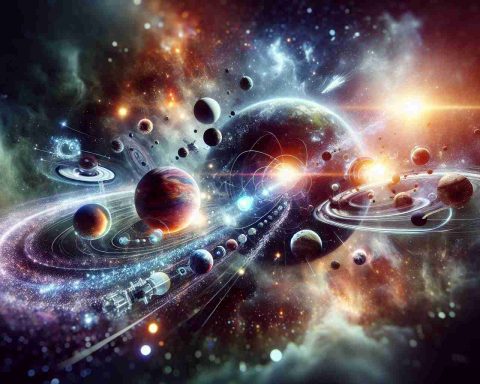Galaxies - Page 44
Galaxies are vast systems composed of stars, stellar remnants, gas, dust, and dark matter, all bound together by gravity. They can contain billions to trillions of stars, along with planetary systems and other celestial objects. Galaxies vary greatly in size, shape, and composition and are classified into several types, including spiral, elliptical, and irregular galaxies.Spiral galaxies, like the Milky Way, feature distinct arms that wind outward from the center, while elliptical galaxies have a more rounded, elongated shape with older stars and less interstellar matter. Irregular galaxies lack a defined structure and often result from gravitational interactions or collisions with other galaxies.Galaxies are fundamental building blocks of the universe, and they often exist in groups or clusters. The study of galaxies helps astronomers understand the formation and evolution of the universe, as well as the distribution of matter on large scales. Each galaxy is a unique environment where stars form and evolve, and the interactions within and between galaxies can trigger phenomena such as starbursts and active galactic nuclei.










